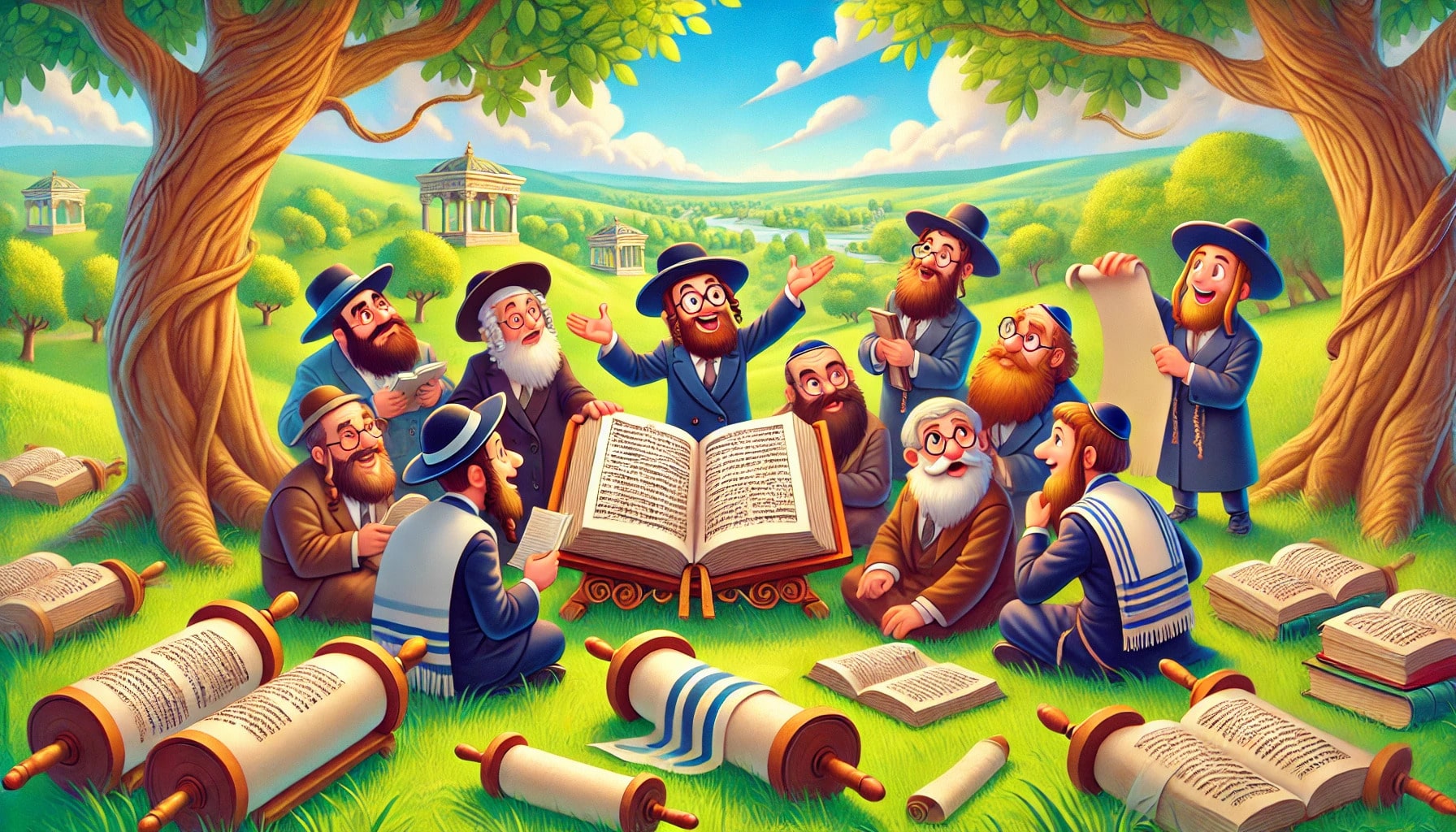| Getting your Trinity Audio player ready... |
If someone truly loves Torah, they must feel a calling inside to share the Torah with others.
Rabbi Yisrael Salanter once said, “You can finish Shas many times but if you don’t learn mussar and improve on your midos, you will not have grown.”
You might wonder, if talmud Torah is keneged kulam, Torah study is equal to all the commandments, why should we be bothered with the rest of the commandments? What could be better than a person locking themselves in the bais midrash and learning Torah with no other activities? The simple answer is, this is not the ratzon Hashem, the will of Hashem. Talmud Torah is keneged kulam because Torah study leads to the performance of all the mitzvos. If Hashem only wanted scholars to seclude themselves with the Torah, He would have only given us this one commandment alone. I’ve met many scholars that did just that, locked themselves in the bais midrash and they missed the point of learning. Meanwhile, their family barely had food, clothing and the basic necessities to survive. They think that there is learning lishmah, but their learning is just selfish and full of pride. The Torah has to be brought into the home. The children should see their father learning in the house in order to inspire them. The wife shouldn’t feel as if all household and financial burdens fall only upon her shoulders.
A lot of parents feeling the pressure to set up their children in parnasa, might push them to get a degree in a profession they don’t enjoy, just because it’s profitable. In our generation, we see plenty of people with degrees who are out of work. We see an endless amount of people working in professions and jobs that they don’t enjoy. Work instead of a blessing feels like a daily torcher. Don’t feel trapped by this as there is hope. Don’t allow someone to convince you that you have to keep this particular job or attend years of university study if that isn’t, your desire. Rather, you should do what is best for you and what makes you happy. Allow Hashem to send His blessing down upon you.
Note to Readers: The insights and wisdom in these books are too valuable not to be shared widely. There’s an urgent need for them to be made into audiobooks, expanding their reach and accessibility. If you have the influence or means to make this happen, I encourage you to lend your support. Let’s work together to bring these important words to a broader audience.
Related Study:
Please note that the studies shared on this website are for informational purposes only. Readers are encouraged to critically evaluate the content and not to accept it as absolute or complete without further verification. The views expressed in the studies do not necessarily reflect the opinions of this website.
Torah Trumps Life: Reflections on Uncivil Religion and Haredi Response to the COVID-19 Pandemic by Zachary J. Braiterman
Abstract
1. Talmud Torah Is Greater Than Pikuaḥ Nefesh
2. Do Not Close the Yeshivot
3. Uncivil Religion
4. Dance of Death
Braiterman, Z.J. Torah Trumps Life: Reflections on Uncivil Religion and Haredi Response to the COVID-19 Pandemic. Religions 2023, 14, 946. https://doi.org/10.3390/rel14070946
© 2023 by the author. Licensee MDPI, Basel, Switzerland. This article is an open access article distributed under the terms and conditions of the Creative Commons Attribution (CC BY) license













